
We tend to think of climate change as something that impacts ice caps or forests. However, in California, we’re seeing climate change firsthand—from drought to the Dixie Fire, which burned about 80 miles east of our operations in Richvale, CA. It was the largest single wildfire in recorded California history, and the second-largest wildfire overall after the August Complex fire, which tore through our community in 2020.
Needless to say, these events—and their alarming frequency—give us a renewed sense of urgency. Not to mention the ongoing global pandemic. However, we’re also holding onto hope that another unprecedented year will become an opportunity for sustainable change if we all pull together and do our part. After all, we need only look to our company’s history to see that desperation often precedes action.
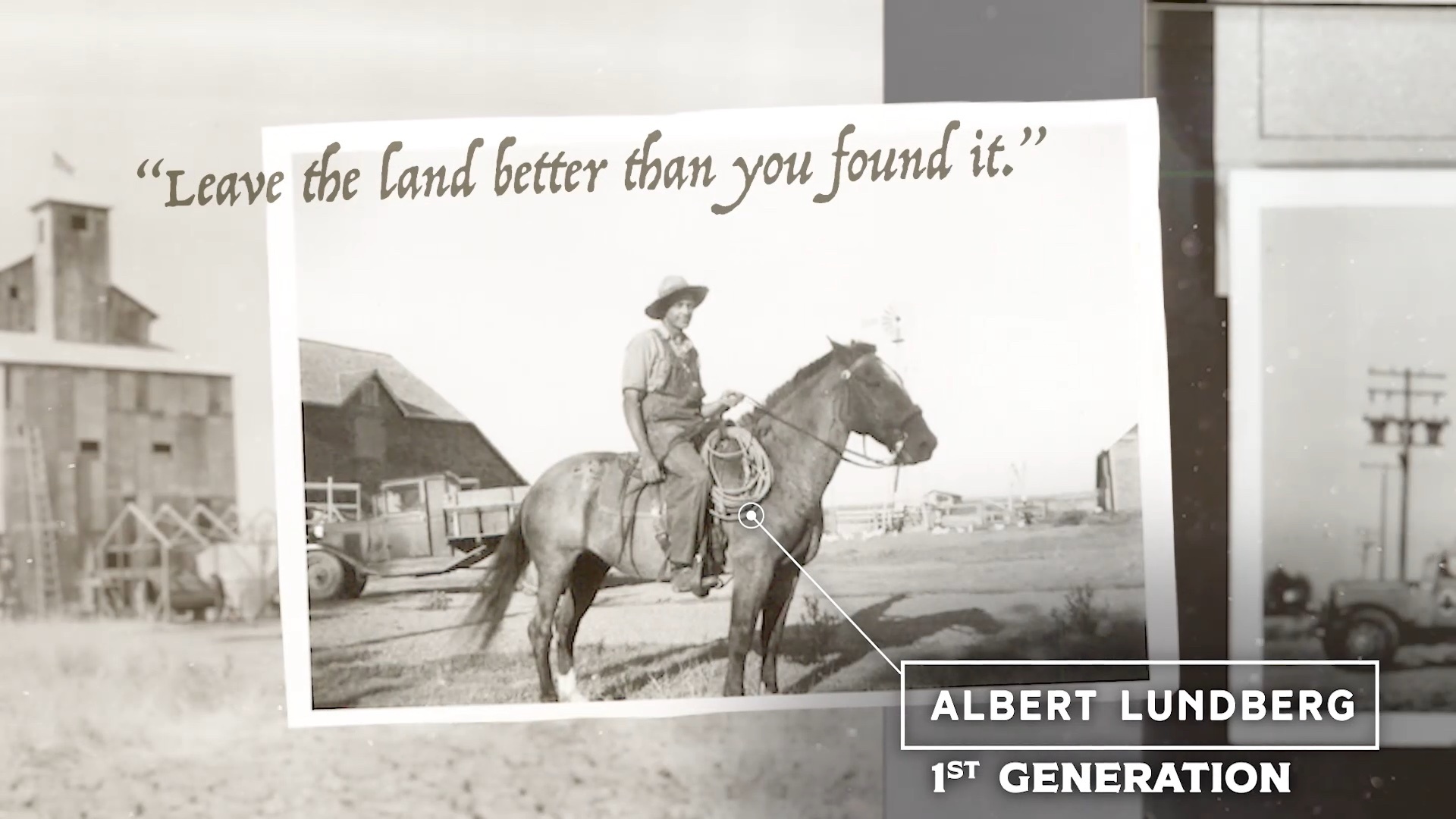
In 1937, Albert Lundberg left Nebraska in the wake of the Dust Bowl. He was nearing 50 years old and had spent his life growing wheat and corn, crops that weren’t suited to the clay soil of Northern California, so he had to start over. No doubt it was a daunting task. But Albert treated it as an inflection point—an opportunity for sustainable change so he and his family could keep growing together for generations to come.
Albert’s experience guides everything we do at Lundberg Family Farms, including our sustainability efforts, from the fields to our facilities.
As a farm and food manufacturer, we have a huge opportunity to make a positive impact on the world!
The Intergovernmental Panel on Climate Change (IPCC) estimates that 21% to 37% of global greenhouse gas (GHG) emissions are attributed to the world’s food system. These emissions come from agriculture, storage, transport, packaging, processing, retail, and consumption.
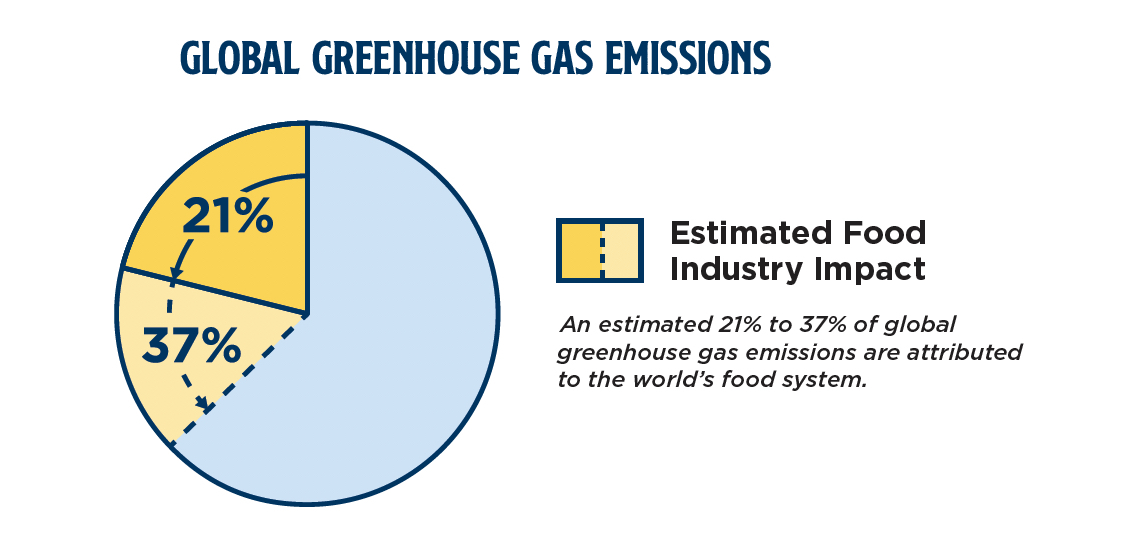
Through the Sustainable Food Trade Association and the Climate Collaborative, we’ve committed to working toward improvement across eleven action categories ranging from land use and organic practices to energy generation and manufacturing efficiencies. While we aim to make progress in every category, we’ve decided to focus on five to maximize our impact:

To make sure we’re moving in the right direction—and at the right pace—we conduct annual performance audits and share the results in our annual Sustainability Report.
Without further ado... we're delighted to share our 2021 Sustainability Report!
Read our 2021 Sustainability Report!
The results included in this report are relevant and necessary indicators of our progress from September 2020 to August 2021. And what progress we’ve made!

We give 100% to achieving zero waste! Our zero waste journey began in 2008, when mixed recycling bins were made available in our hometown of Richvale. Since then, our zero waste program has grown to include a lot more than a few mixed recycling bins! In fact, we collect, sort, and recycle just about everything—99.7% to be exact—from packaging to scrap metal to uniforms (which are broken down and used as insulation in vehicles).
This figure, which we call company waste, includes rice byproducts such as hulls and bran. While we’re proud to divert so much material from the landfill, we realize that including byproducts can obscure the solid waste materials leaving our production facilities. So we also aim to divert 95% of facility waste, which does not include byproducts.
In 2021, we increased our total landfill use by about three tons due to recycling infrastructure changes and vendor availability—both symptoms of the ongoing pandemic. However, we were still able to meet our goal of diverting 95% of facility waste and 99.7% of company waste, enabling us to maintain Platinum TRUE (Total Resource Use and Efficiency) Zero Waste certification! We also transitioned two new materials—rice pouches and plastic strapping—to single-stream recycling.
These achievements depend on the dedication and education of our team members. So, this year, we also completed 10 waste trainings!
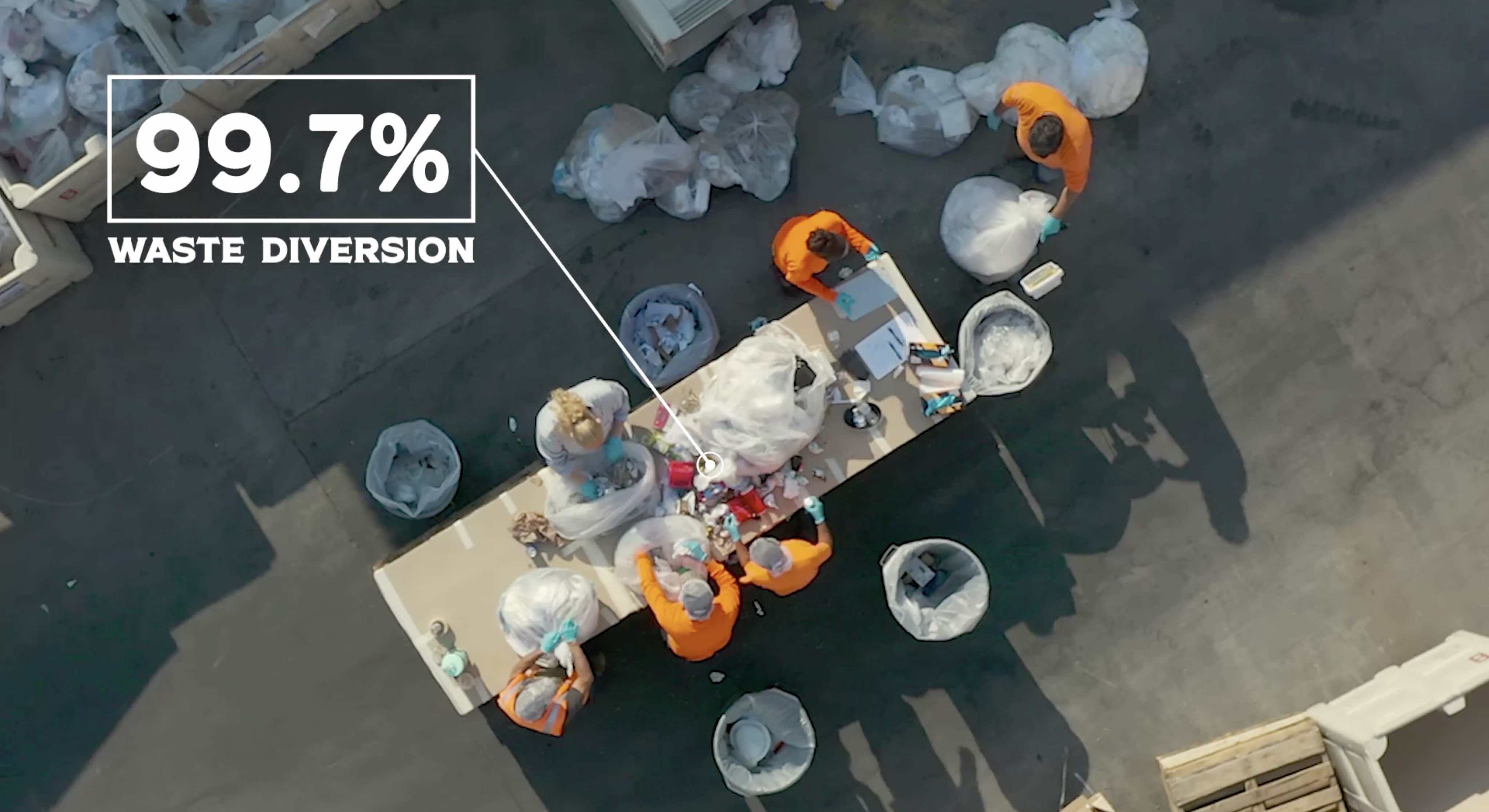

As Bill Gates wrote, “We should discuss soil as much as we talk about coal.” At Lundberg Family Farms, we’re more likely to reference Albert Lundberg’s motto: “Leave the land better than you found it.” Either way, we cultivate rice from the ground up using organic, sustainable, and regenerative farming practices that prioritize soil health and help mitigate climate change, including:
Planting Cover Crops: Like green juice for the ground, cover crops restore nutrients to the soil! We plant them during the winter so photosynthesis can occur year-round, bringing carbon out of the air and putting it into the ground. This creates a better home for microbes, which naturally make nitrogen, an essential part of the soil’s well-balanced diet.
Incorporating Rice Straw: Our founders saw the value of returning rice straw to the soil long before a 1991 act was passed to curb the practice of burning it. Other farmers laughed at their efforts to turn straw into the soil because the task was so cumbersome. Now, incorporating rice straw is common practice to protect air quality. Plus, it builds organic matter!
Natural Weed Control: In our organic fields, We manage weeds naturally—with water! A few weeks after planting, we raise the water level just high enough to drown the grass weeds, but not so high that it harms the rice. When the aquatic weeds begin to emerge, we return the water to rivers and streams, drying up the fields to control these water-loving weeds—no herbicides needed!
Our family has been prioritizing soil health since 1937. So, at this point, our goal is to maintain the healthy soil we’ve built over decades. That said, we’ve been working to better understand the full scope of our impact, including the benefits of our organic and regenerative farming practices. This year, as we continued to collect and analyze data, we also began researching new climate modeling options to more accurately assess our footprint from fields to facilities. Once we identify and complete the appropriate assessment, we’ll use the data to set long-term goals related to climate change.

In 2021, our administration building outperformed 81% of similar buildings nationwide! This figure is up from 77% last year and earned us ENERGY STAR certification for the third year in a row. But at Lundberg Family Farms, we don’t stop with a star. We also harvest the sun and use it to power our headquarters, where six solar arrays generate 21% of our total energy needs.
In 2021, we completed year three of PG&E’s Strategic Energy Management (SEM) Program, through which we’ve committed to a continuous energy improvement plan. Through the SEM Program, we were able to develop an onsite air leak program to test compressed air systems, identify leaks, and prevent wasted energy. This year, our air leak program helped generate $4K in energy savings. Now, we’re awaiting integrated demand side management (IDSM) opportunities and incentives that will help balance electricity supply and demand during peak periods. We’re also working to reduce our energy intensity by building a baseline to understand energy consumption per department, piece of equipment, and more. This will help us normalize against units of production.
As we reduce energy intensity, develop additional energy efficiency projects, and move closer to 100% on-site generation, we continue to offset our grid consumption with renewable energy credits (RECs). Between on-site generation and RECs, we’ve been crafting wholesome rice and quinoa products using 100% renewable energy for 19 years running!


Packaging is a challenge for the entire food industry. To better understand the footprint of our products, we partnered with a local university and major software company. What we learned is now broadly understood within the food industry: About 75% of a food product’s carbon footprint is generated in the production of that product from the fields to the point of packaging, while around 12% of a product’s footprint can be attributed to the packaging itself. With this in mind, we prioritize the integrity of our product and take a holistic approach to sustainability, ensuring our products are created sustainably every step of the way, from seed to shelf.
Still, we’re constantly reviewing and driving innovation within the industry. This year, we were eager to participate in a bioplastic trial to conduct shelf-life testing both at our facility and with a third party. However, since bioplastics aren’t universally recyclable in the US yet, we decided to focus our efforts on recyclable plastic instead. In 2021, we participated in a packaging trial to transition from #7 to #4 rice pouches, which will help us reach our goal of increasing recyclable packaging to 65%. We’ve now completed the first round of the trial and look forward to receiving new samples for another round in 2022!
As we continue to research recyclable and compostable packaging options, we also look for ways to improve the recyclability of our current packaging. This year, we extended our partnership with TerraCycle
to ensure that our flexible packaging can skip the landfill for a second life as durable plastic goods, like park benches. In 2021, we collected 56,514 pieces of packaging at 1,711 locations. Follow the link to find or start a TerraCycle
collection site near you!
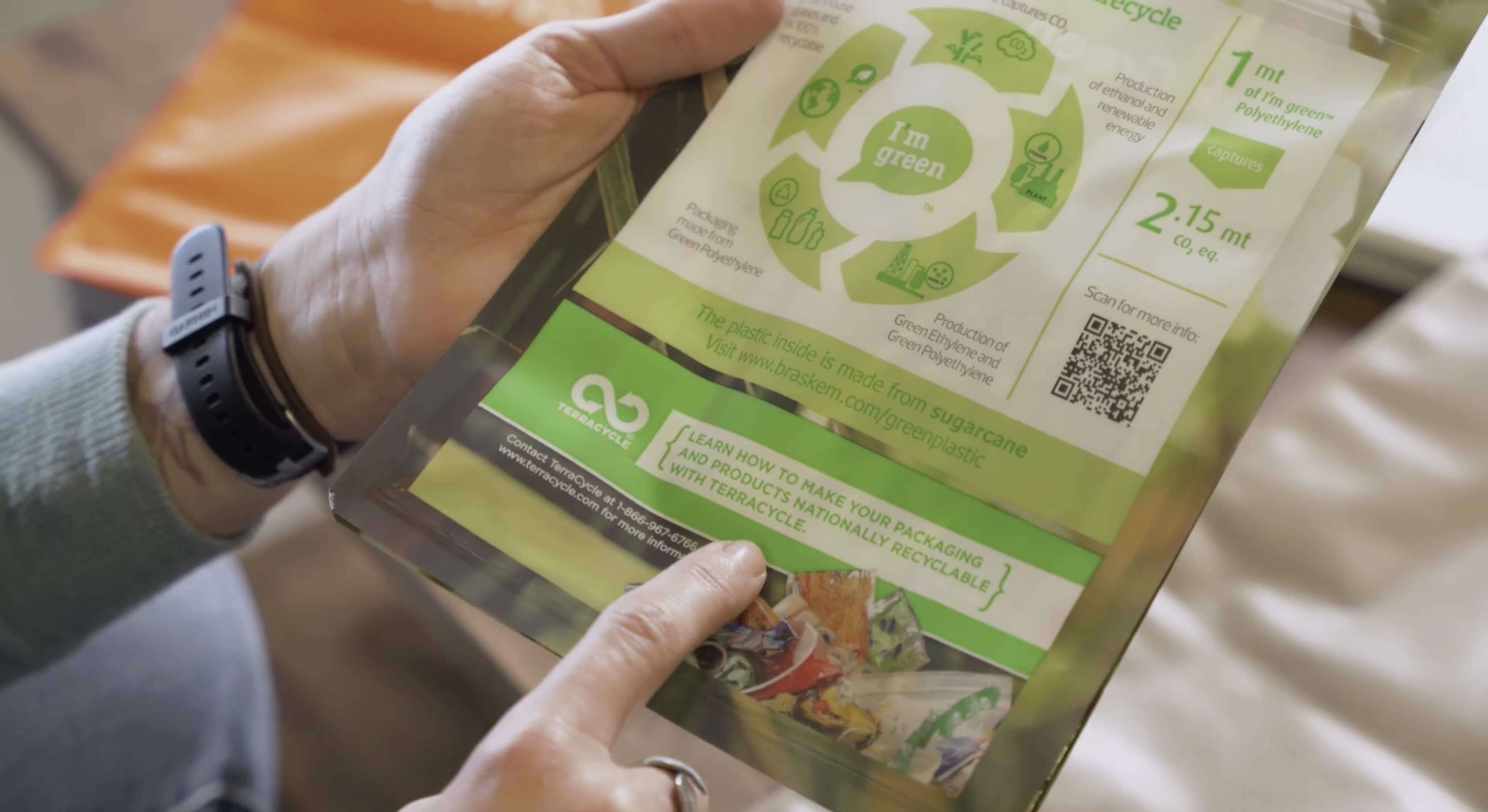

As Homer Lundberg says, “No one knows as much as we all know.” In fact, Lundberg Family Farms was born of collaboration—among Homer, his brothers, and their parents. In this spirit, Lundberg Family Farms is committed to supporting organizations that help protect and improve our planet for generations to come. We’re actively engaged in more than 15 organizations that support organic farming, water conservation, and environmental stewardship.
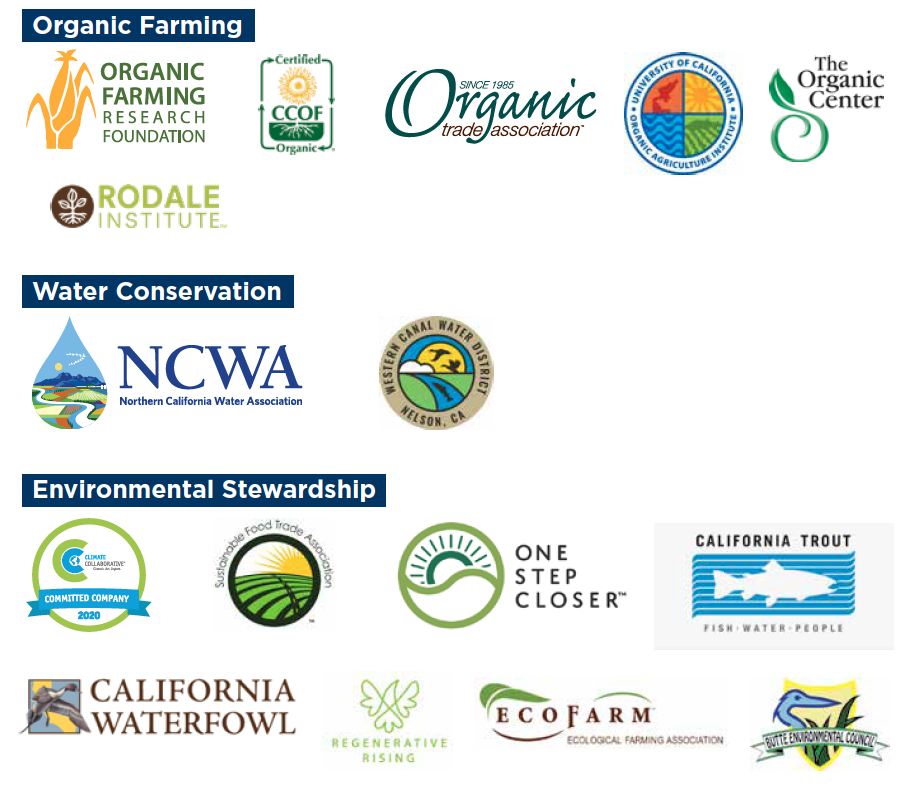
This year, we joined with other members of the Organic Trade Association to advocate for organic as part of the climate solution by signing and submitting a letter to the USDA about climate-smart agriculture. We also support organizations like the Center for Land-Based Learning and have joined the J.E.D.I. Collaborative to help cultivate a culture of inclusion at all levels of the food system!
Hungry for more?
While we’re focused on Waste, Soil, Energy, Packaging, and Policy Engagement, we’re also devoted to addressing Biodiversity, Water, Climate Change, Transportation, Consumer Engagement, Labor Practices, and more. Follow the link to read the full report and find out what’s next!
At Lundberg Family Farms, we cater to a need for healthy, great-tasting food—from arborio rice to red rice and organic brown rice cakes to brown rice syrup. But our mission extends far beyond the table: To honor our family farming legacy by nourishing, conserving, and innovating for a healthier world. We’ve built almost 85 years of earth-friendly farming momentum. But we’re just getting started. Because around here, we take pride in never settling. Always finding a better way. A way to make better food for the table while leaving a better world for the next generation.
Let’s keep growing together for generations to come!
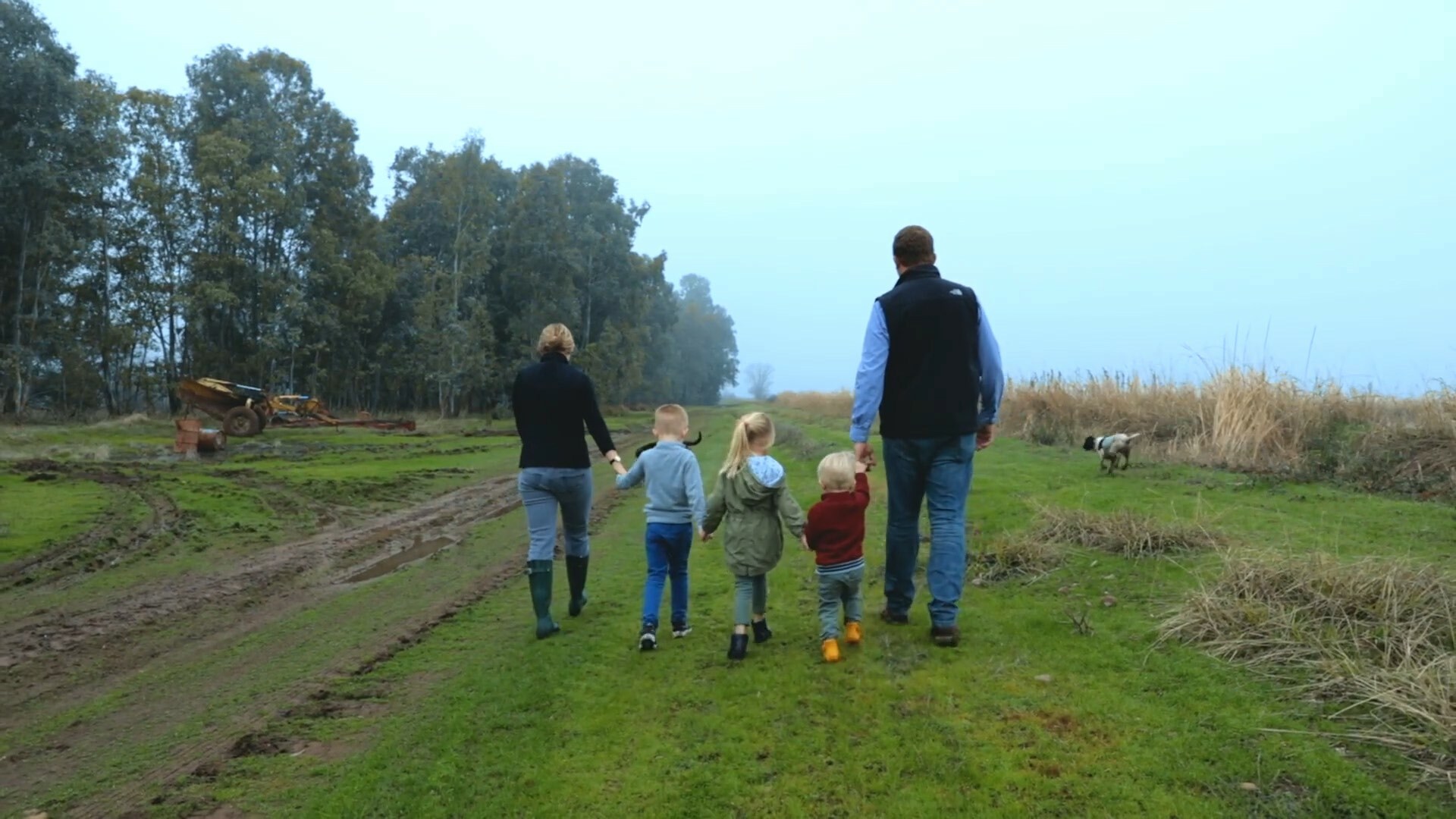

Meet and Greet and Eat at
Lundberg Social Media Links